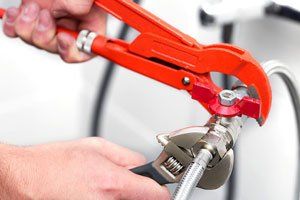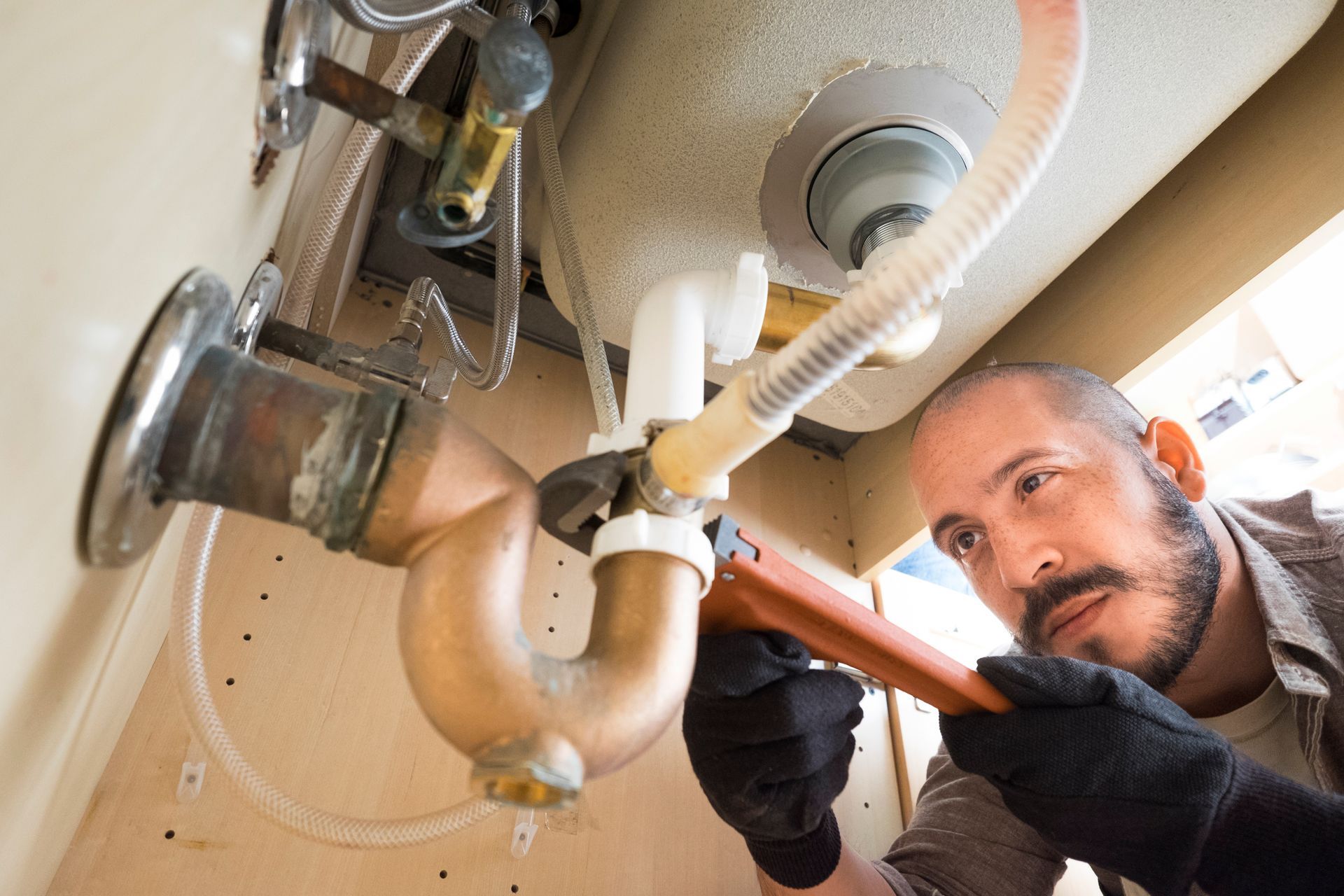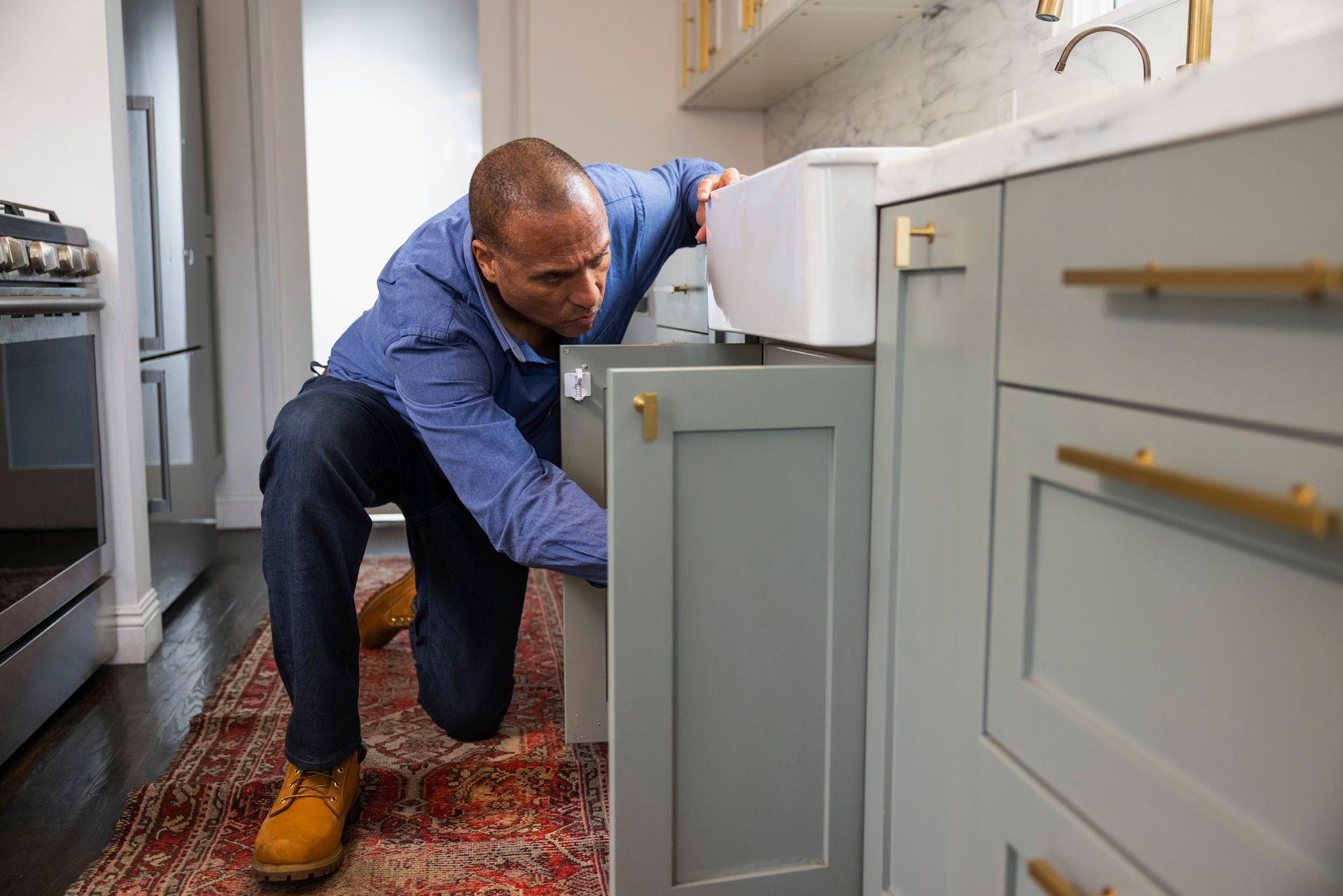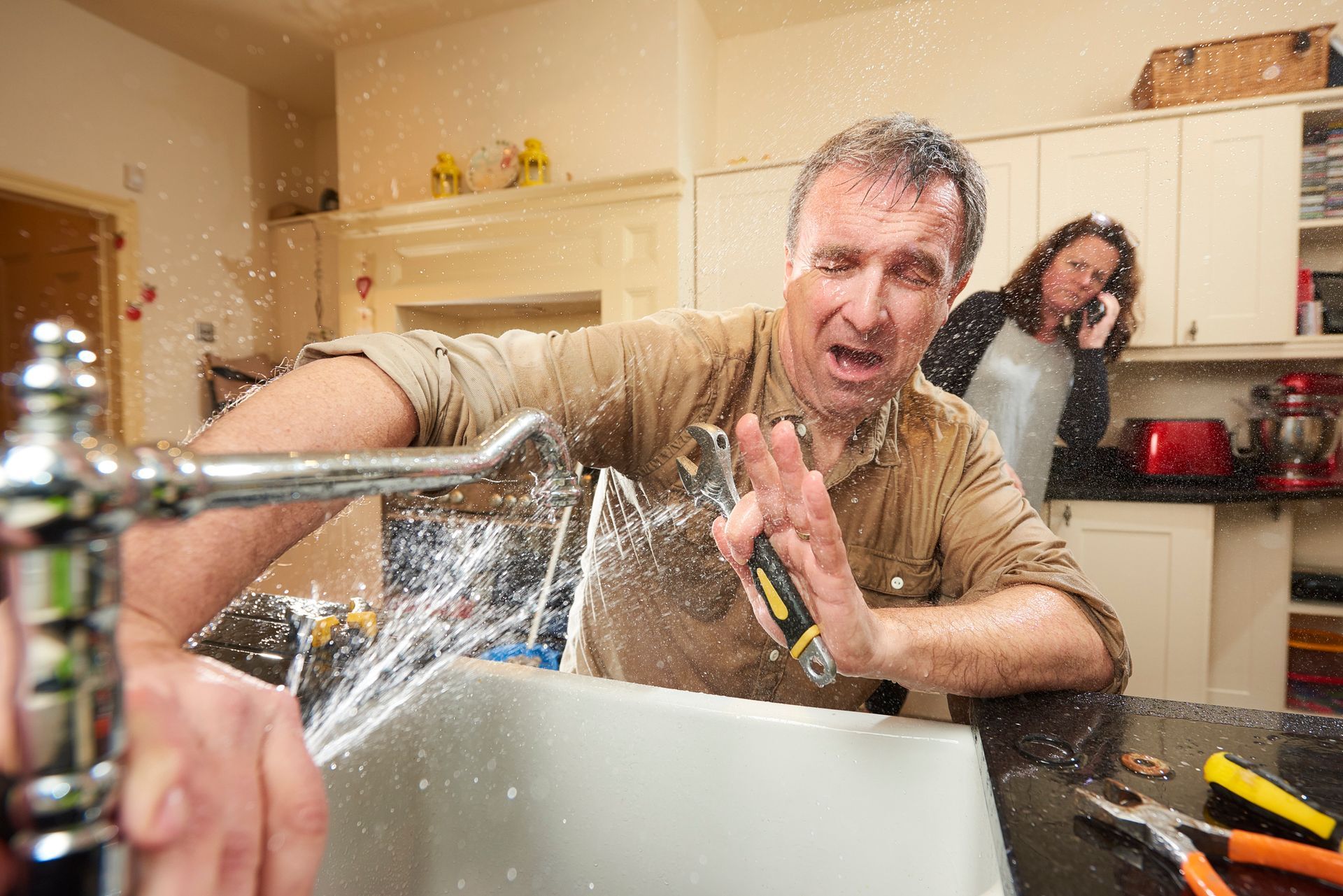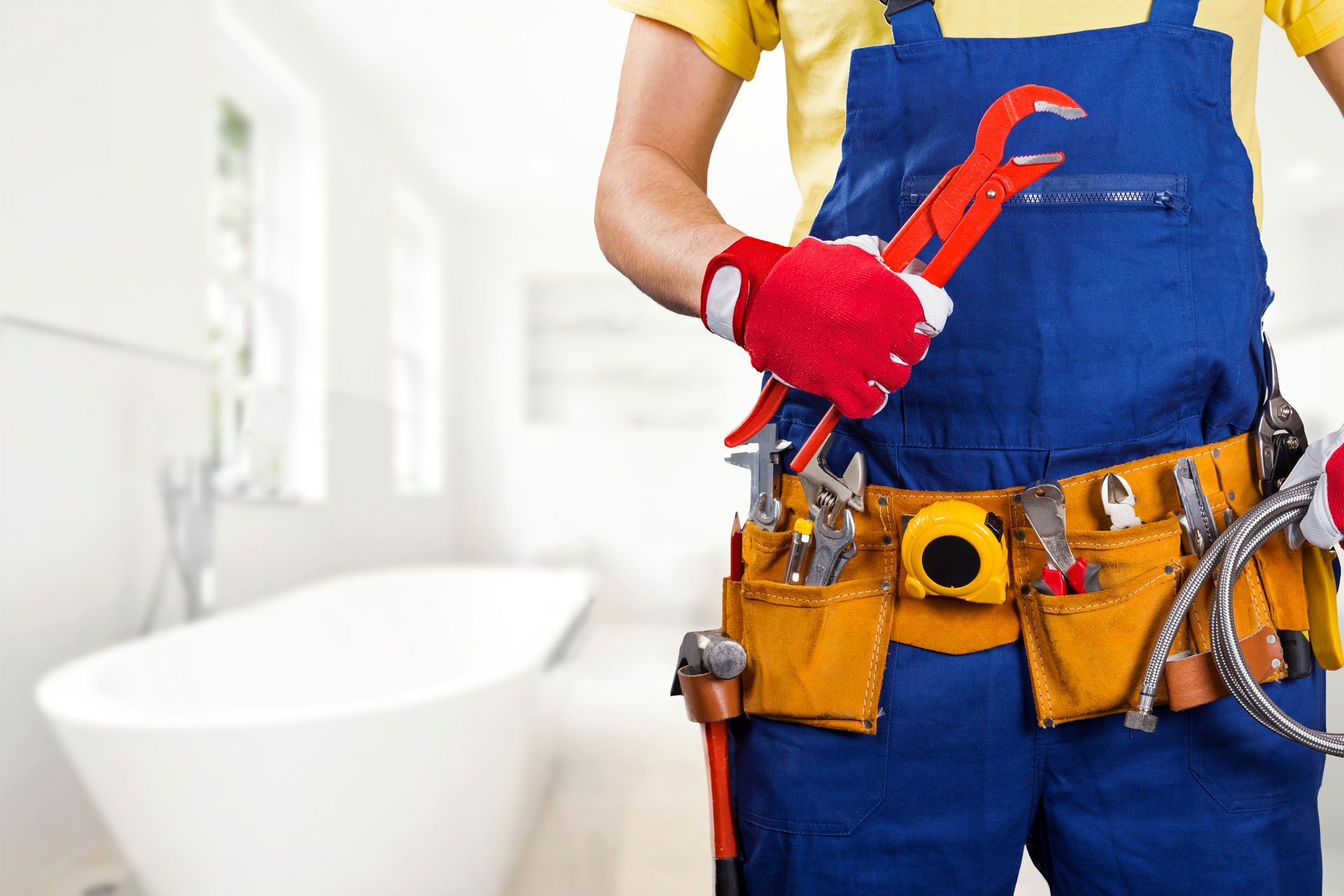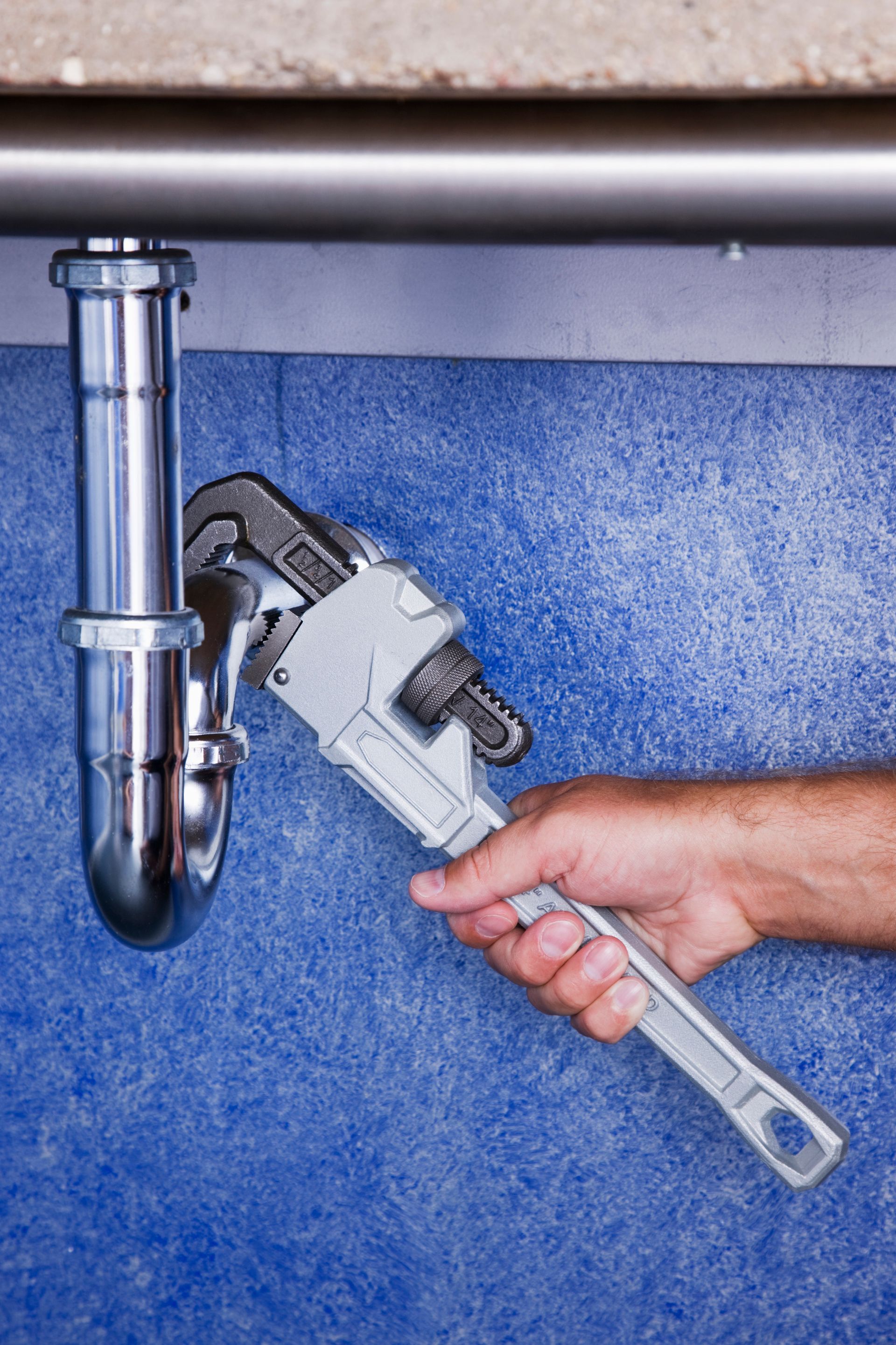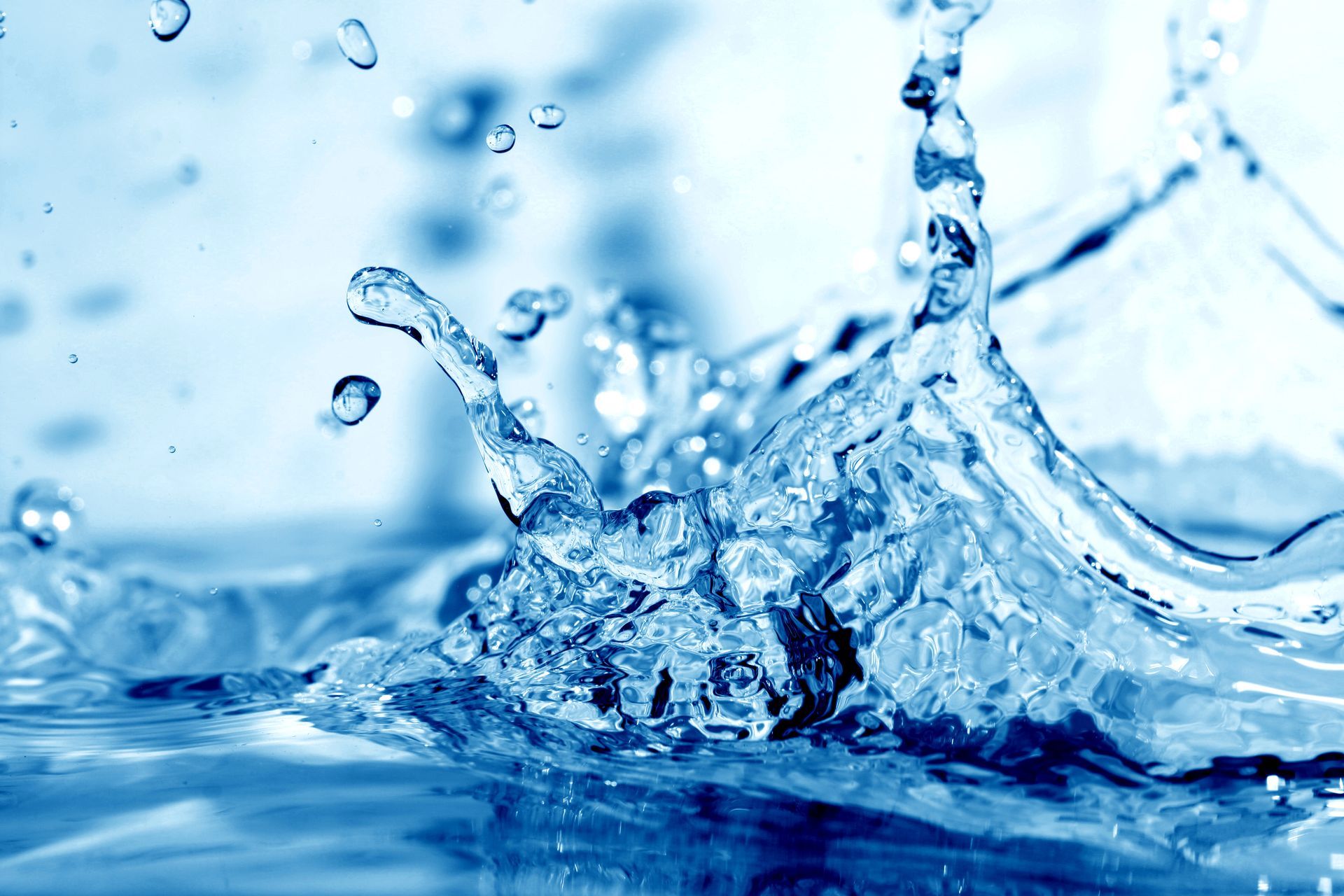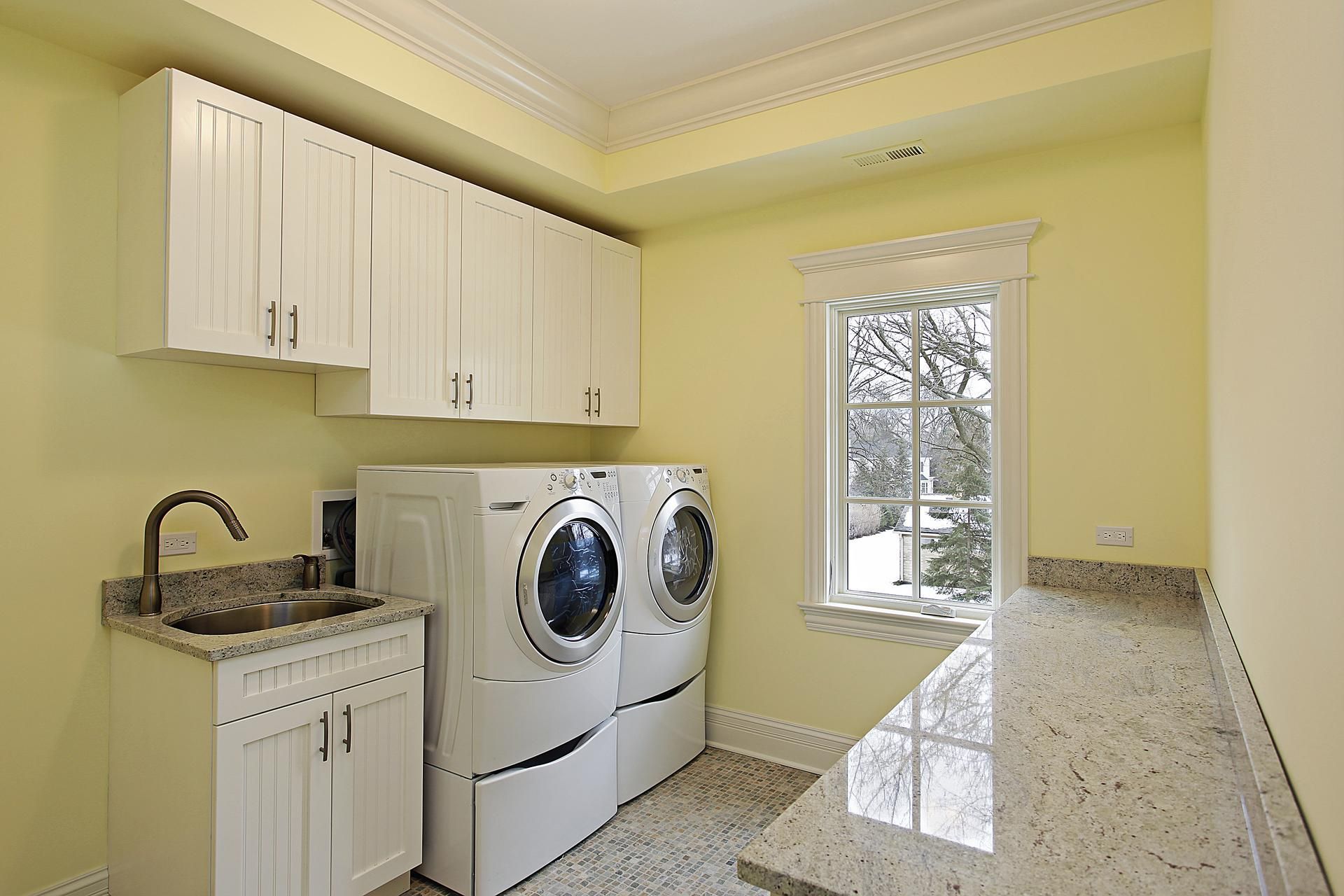Blog
3 Tips to Help You Go Green With Your Plumbing
Conserving resources not only eliminates waste but can also be a great way to reduce your family's monthly utility costs. While most homeowners know that energy consumption can be reduced by implementing a few simple changes, few take the time to realize that they can easily go green with their plumbing systems as well.
If you are looking to conserve water supplies in your area and reduce your monthly utility costs, here are three tips that you can use to help make your plumbing system more environmentally friendly.
1. Insulate Your Pipes
Heat can escape from your home in many different ways. Preventing heat transfer can be a simple and effective way to reduce your utility costs, and insulating your plumbing pipes can be an efficient solution when it comes to eliminating heat transfer.
When heated water passes through your home's plumbing pipes, some of the heat can be absorbed by the pipes and transferred into the surrounding environment. This heat transfer reduces the efficiency of your home's hot water heater and often causes you and your family to use more water in an attempt to maintain a high water temperature.
By adding some specialized insulation to any of the exposed pipes within your home, you can easily prevent heat transfer from causing your water temperature to drop while it travels between your home's hot water heater and your plumbing fixtures.
2. Convert to a Demand Recirculating System
The type of hot water heating system installed in your home can have a dramatic impact on the overall efficiency of your hot water delivery.
In a conventional hot water system, hot water that isn't used immediately sits in the pipes and begins to cool. When you turn on a hot water faucet in your home, this cooled water must be pushed through the pipes first before warmer water can be delivered. This is the reason you often have to let the hot water run for a period of time before it reaches your desired temperature. A lot of water is sent down the drain unused with a conventional water heating system.
Making the choice to convert to a demand recirculating system in your home will help you prevent water loss. Instead of pushing cooled water through your faucet and into the drain, a demand recirculating system sends the cooled water back into the hot water heater where it can be heated again to ensure its usefulness. You can effectively lower your water usage by switching over to a demand recirculating system in your home.
3. Install Low-Flow Fixtures
Upgrading the kitchen and bathrooms in your home with low-flow plumbing fixtures can be a great way to not only improve your home's aesthetic but reduce your water usage as well.
Low-flow toilets, faucets, and showers are designed to use less water per minute than conventional fixtures. This can be achieved through the implementation of a high-pressure technique that allows the fixtures to create a strong flow of water utilizing less water than their conventional counterparts.
You likely won't notice a difference in the availability of your home's water supply when making the switch to low-flow fixtures, but you will be using significantly less water each day when you rely on these efficient plumbing fixtures to service your home.
Finding ways to make your home's plumbing system more eco-friendly doesn't have to be difficult. By doing simple things like insulating your pipes, converting to a demand recirculating hot water system and installing low-flow plumbing fixtures in your home, you can reduce your water usage and monthly utility costs. Consult with the professionals at Complete Plumbing to determine some additional ways you can make your home's plumbing system more environmentally friendly in the future.
Installation
Services
and Military Discount



